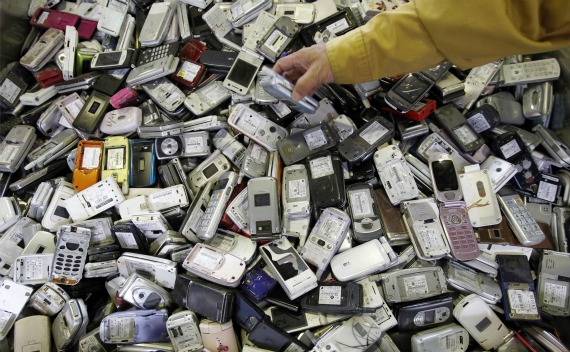China Rare Earths: The Saga Continues
More on:

Nine months after the original brouhaha over China’s plans to decrease dramatically its exports of rare earths, the international community has called foul again on a closely related issue: China’s export curbs on other raw materials, such as magnesium and silicon. On July 5th, the World Trade Organization (WTO) ruled that China had violated WTO rules when it curbed its exports of these and other raw materials. (Thus far, the Chinese response to the first ruling has been muted, but all indications are that Beijing will appeal the ruling.)
Now China is worried that it will face a similar suit on rare earths. Whether it would fare better in such a case is uncertain, but unlikely. The WTO allows for export restrictions when a country is trying to conserve non-renewable natural resources, which China is clearly trying to do. The hitch is that this exception also demands similar restrictions on domestic production and consumption. China can’t offer more favorable policies to its own companies than to the rest of the world. That is going to be a high bar for China to meet.
With regard to rare earths, just one day after the WTO ruling, Deputy Commerce Minister Zhong Shan has said that regulation of rare earths would proceed according to Chinese and WTO law, but he didn’t elaborate as to whether Chinese regulations would be modified if they conflicted with WTO rules. He stressed that “Improving the regulation of rare earth exports will help us to protect the environment and promote industrial restructuring, as well as allow the rare earth industry to develop in a healthy way.” Meanwhile such “regulation” is causing a dramatic jump in rare earth prices. Already in the first half of 2011, China cut its rare earth exports by 35 percent, precipitating a rapid rise in prices. For example, dysprosium, a metal used in hybrid cars and smartphones, has increased in price twelve-fold over the past year.
The challenge for the rest of the world, as some of the commentators on my post on this topic last fall suggested, is that there is no quick fix. Developing alternative sources -- whether in Mongolia, Australia, or the United States -- will take time. Exploitation of undersea reserves, which recently made a big splash in the media, may turn out to be folly or prohibitively expensive. At the very least, it will take time to realize. And developing and deploying substitutes for rare earths will in many instances require massive and costly shifts in manufacturing.
In the end, the brightest spot for the rest of the world may be the potential for Chinese actions to spur a significant global effort on rare earths recovery and recycling. Already, Japanese, American, and French companies have developed new technologies to extract some of these rare earths from washing machines, batteries, and air conditioners. How much of global demand this recycling can meet remains to be seen, but it is all upside. Maybe there is a neodymium lining to all of this after all. I’ll keep you posted.
More on:
 Online Store
Online Store